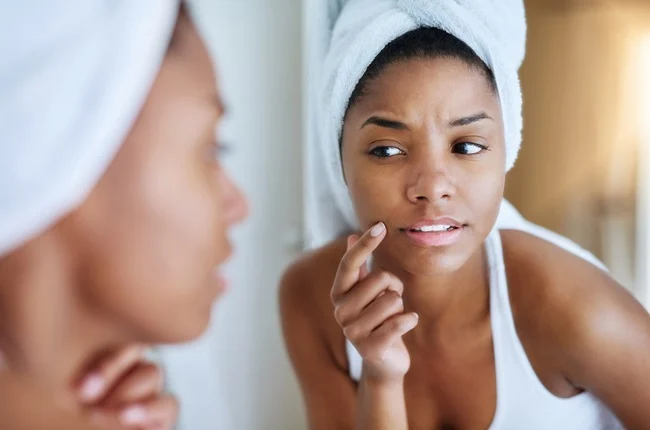Ayanda Majola, founder of Yanda Cosmetics, explains that acne is primarily caused by overproduction of sebum in the skin, along with dead skin cells and bacteria-clogged pores. This common skin condition can have a variety of triggers, including hormonal imbalances and medication side effects among other factors. Dr. Robin Schaffran, chief dermatologist and co-founder of BalmLabs, highlights that many home remedies are not particularly helpful, especially for extensive or deep acne. She suggests that acne can be managed with topical products containing retinoids, salicylic acid, benzoyl peroxide, and alpha hydroxy acids.
In acne-prone skin, a compromised skin barrier can be improved by incorporating hydrating ingredients and a moisturizer with ceramides. Ayanda emphasizes the importance of fostering self-care and cultivating a positive relationship with the skin, which can have a profound impact on overall wellness. She notes that although acne typically starts in puberty and is common among adolescents and teens, it also affects adults, particularly women. Some studies have found that acne affects 15 percent or more of women aged 25–45.
Ayanda continues by explaining that the skin cell turnover rate slows with age, making adults slower to heal from breakouts than teenagers. Adult acne is commonly linked to hormonal fluctuations and chronic stress, which explains why it is more predominant in women than in men.
